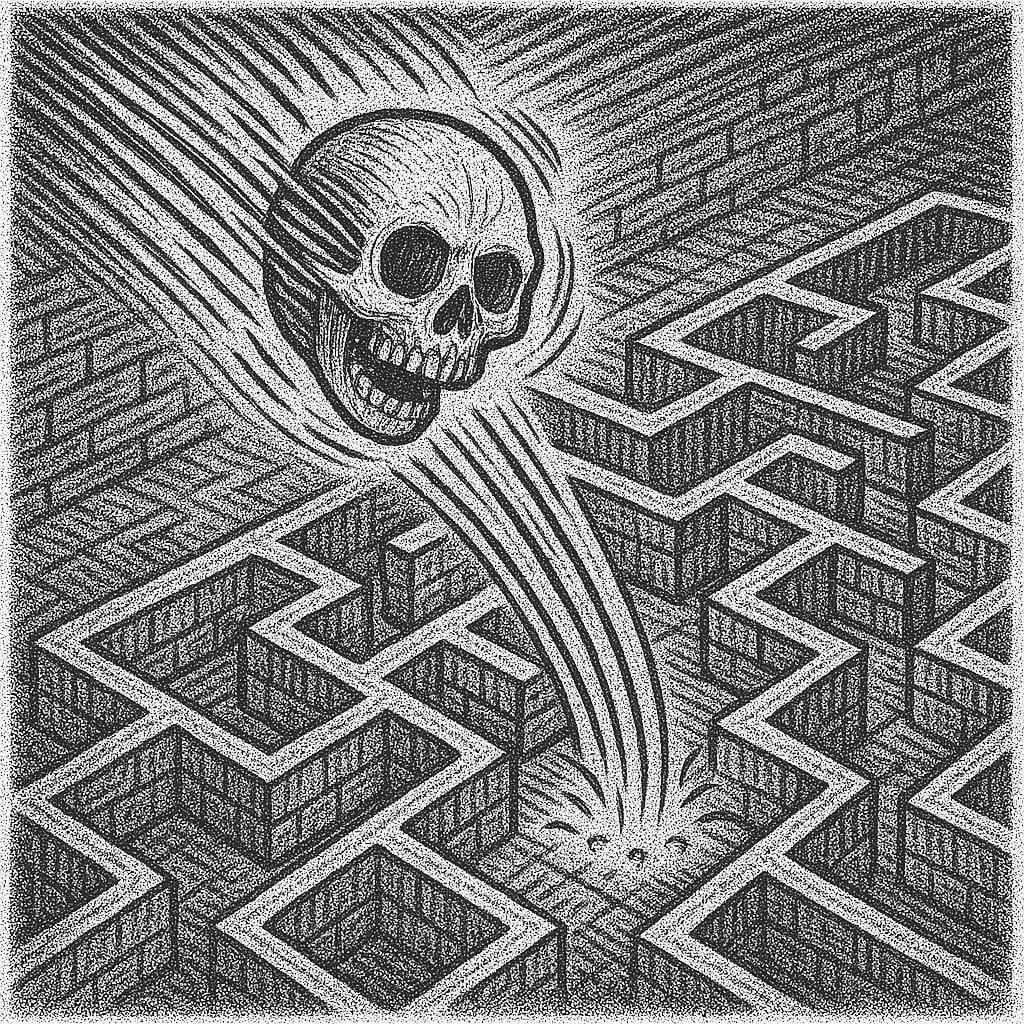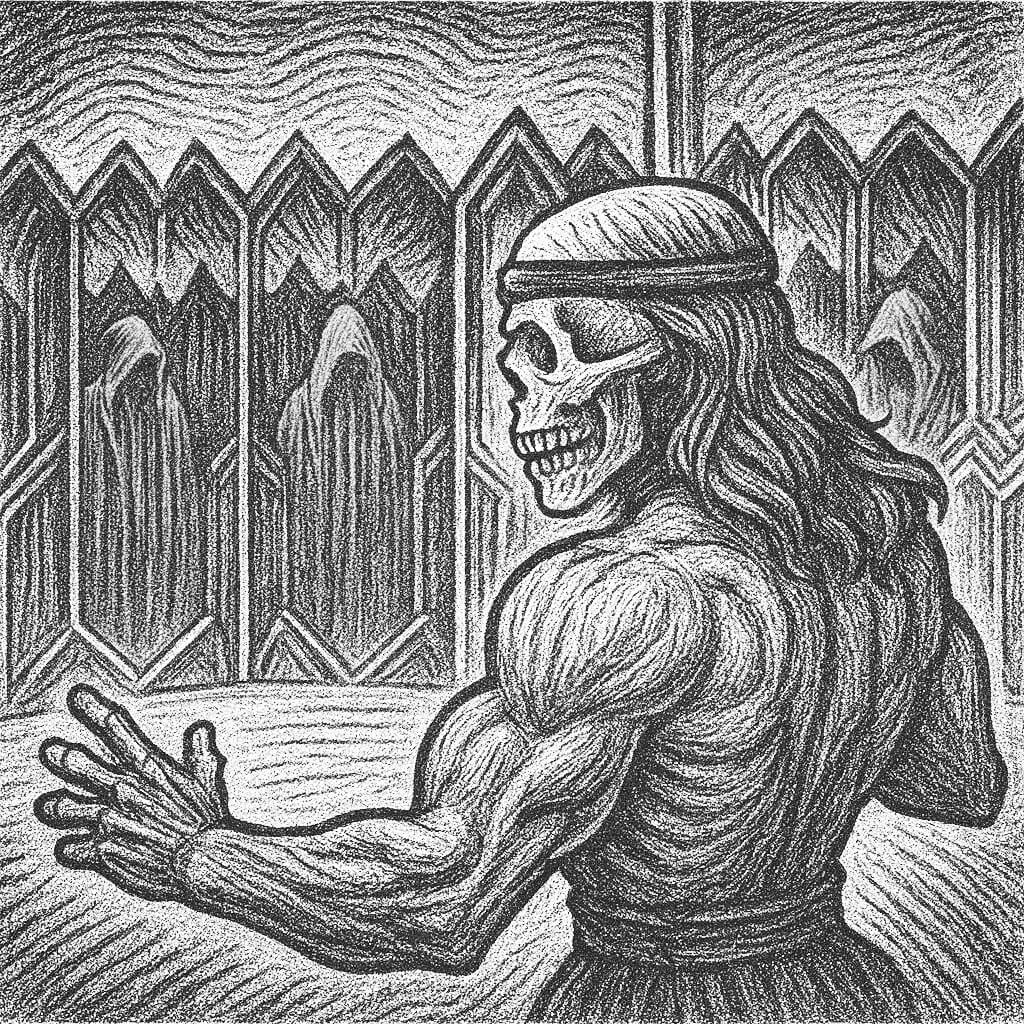Divi Header Bounce? Let's Fix That
Divi header bounce: that annoying flicker or sudden movement of your site’s header when the page loads and especially noticeable on scroll or when using sticky headers.
Pretty annoying, right?
Here’s what causes the Divi header bounce, how to fix it using Divi’s built-in settings, and why the ultimate solution goes beyond CSS tweaks and straight into how your WordPress site is rendered.
What Is the Divi Header Bounce?

The “bounce” refers to a quick visual shift or jump in the header area when your page first loads. It’s often a byproduct of how Divi loads dynamic styles and JavaScript for sticky and transparent headers. The page initially renders with default spacing, then applies the actual fixed/sticky header behavior after the DOM is ready — causing a layout shift.
Common Causes:
- Sticky header styles loading after initial page paint
- JavaScript adjusting header height post-render
- Transparent header over hero section without proper placeholder spacing
- Fonts and padding adjusting after render (especially with web-safe fonts or Google Fonts delays)
Fixing Divi Header Bounce Using Divi’s Tools
Divi gives you control over the header’s behavior — you just need to know where to look and what to change.
1. Use Fixed Height for the Header
Set a consistent height for your header across all views. This prevents the layout from “guessing” during load and settling later. Go to:
- Divi > Theme Builder > Header
- Edit your global or page-specific header template
- In Section settings, under Design > Sizing, set a fixed height
2. Add Placeholder Padding to Hero Sections
If you’re using a transparent header over a hero image or slider, you’ll want to offset the top padding of your first section manually. Try matching the header height.
This creates visual consistency during load and prevents the jump effect once the header switches to sticky mode.
3. Disable Sticky Header Transitions (If Not Needed)
Sometimes, the bounce comes from the transition between normal and sticky header states. If you’re not relying on sticky behavior, disable it:
- Go to Divi > Theme Options > Builder > Advanced
- Toggle Fixed Navigation Bar to “Off”
4. Preload Fonts and CSS Where Possible
If your bounce is related to font shifts or delayed CSS rendering, you can preload assets in your site’s header:
<link rel="preload" href="https://your-font-url.woff2" as="font" type="font/woff2" crossorigin="anonymous">You can also enable Divi’s built-in performance features under Divi > Theme Options > Performance to improve render timing.
Still Struggling? The Real Issue Might Be WordPress Itself
Let’s be honest: you can tweak Divi settings all day, but as long as your WordPress site is loading dynamically, you’re always going to be fighting a race condition between your styles, scripts, and layout.
This is especially true on shared hosting, where slow server response times and render-blocking requests delay the first paint of your site. That means your sticky header scripts, fonts, and even layout CSS may load after your visitors see a half-rendered page.
That’s not just bad UX, it’s bad for SEO too. Cumulative Layout Shift (CLS) and Largest Contentful Paint (LCP) are key factors in your Google PageSpeed score and Core Web Vitals.
Headless Hostman: The Permanent Fix for Divi Header Bounce
What if instead of trying to optimize your WordPress load timing, you could eliminate it entirely?
That’s what we do at Headless Hostman. We take your WordPress site — Divi theme and all — and convert it into raw static HTML. That means no dynamic rendering, stronger caching at the edge, and no bounce.
- More than that, we push it seamlessly to our static hosting service
Our Time to First Byte is under 180ms on average. Compared to the typical WordPress load time of 500ms+ (before anything even paints), that’s a massive upgrade in perceived performance.
What’s Headless WordPress You Say?
Critical CSS, Already Baked In
We don’t just convert your site to static — we optimize it at a structural level with our built-in Performance Suite.
All of our features are built in with no reliance on Plugins.
- Extracts and inlines critical CSS for faster first paint
- Defers stylesheets that aren’t needed immediately
- Removes unused Gutenberg styles (even if Divi is your theme)
- Lazy-loads images and video only when they enter view
- Preloads key visuals to eliminate delays above the fold
- Injects width and height for every image to avoid layout shifts
- Converts background CSS images to real <IMG> tags for better performance and prioritization
- Minifies your HTML and removes all whitespace and page bloat
- Delays below-the-fold rendering until the user scrolls
Divi + Headless Hostman = A Better WordPress
Divi is a powerful builder. But like all WordPress themes, it’s still bound by the dynamic nature of PHP rendering. If you want your site to feel as fast as it looks — and get rid of header bounce once and for all — the answer isn’t another CSS trick.
It’s static WordPress. It’s Headless Hostman.
Let’s ride.
Deeper into the Abyss


